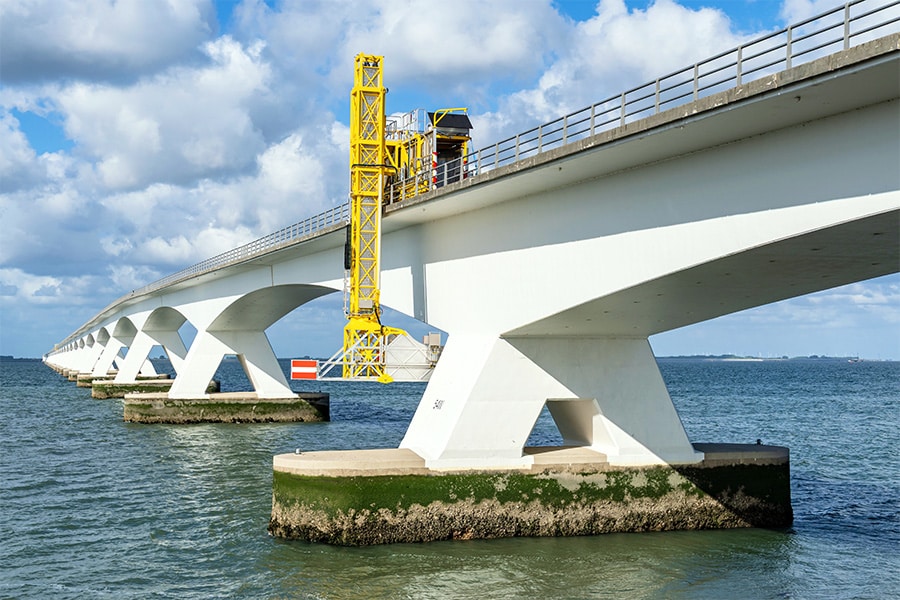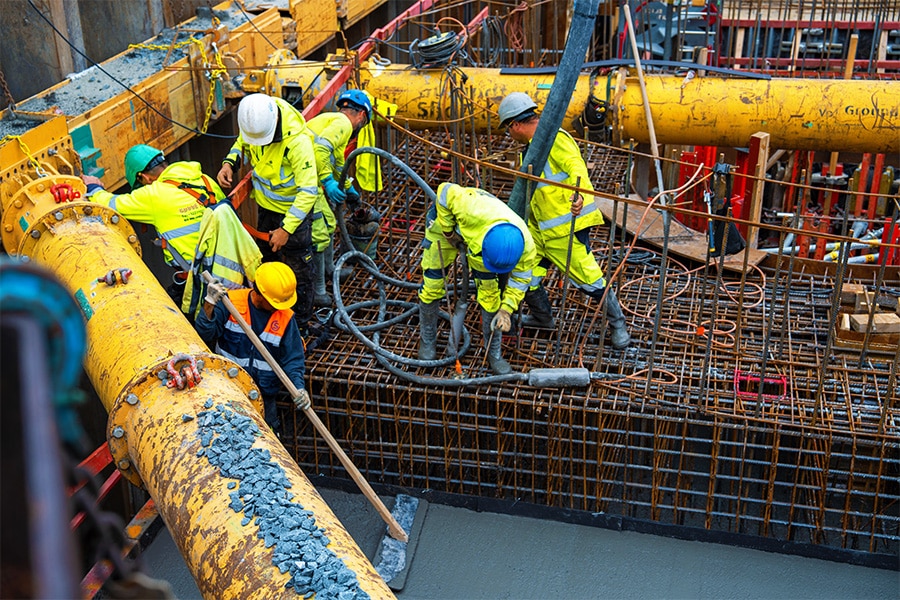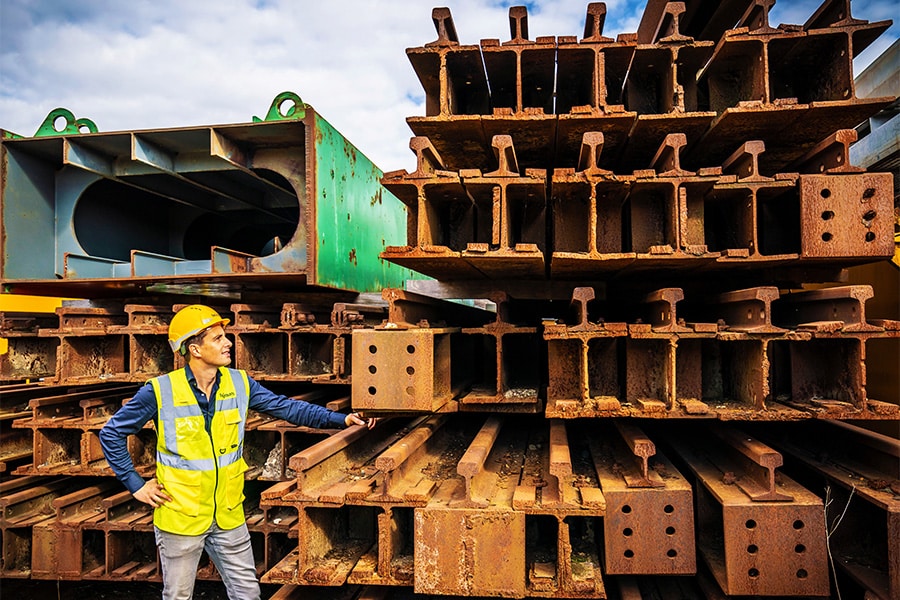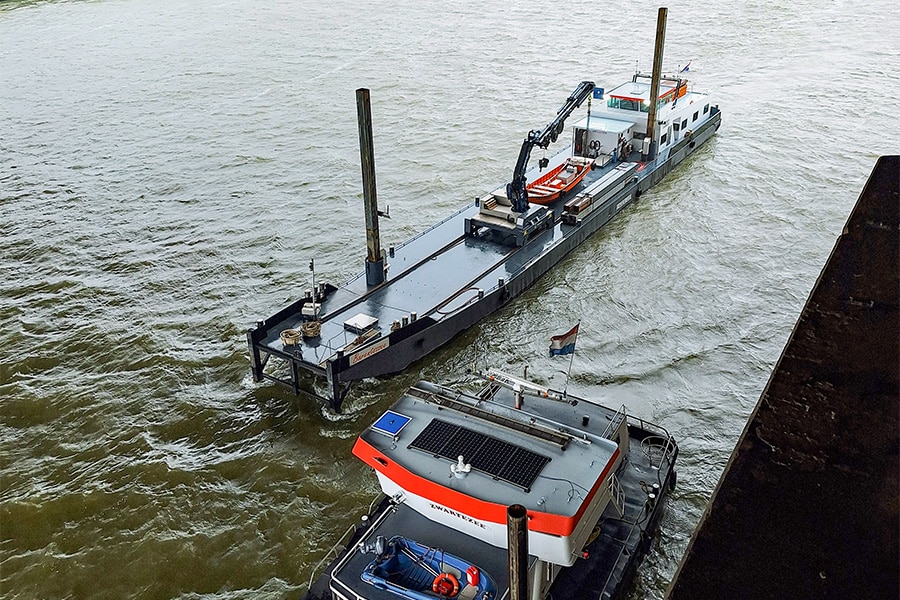
Will it ever work ... a construction industry without concrete or steel waste? - Interview with Dr. Elma Durmisevic
She received her doctorate in structural engineering from TU Delft and has had an important mission all her life: to create a construction industry without waste. We spoke with Dr. Elma Durmisevic.
1. What is your definition of circular building?
“It's about designing and building flexible monuments. So, putting up buildings that are adaptable so we don't have to lose materials. I call that buildings with high transformability and high reuse potential of their materials. That's in the spatial, technical and material reversibility.”
2. How do you design circular buildings?
“As a designer, you have to have a view of the future. You have to visualize what will one day be possible and think about potential transformations. In all my research work, I have developed guidelines for that. Moreover, I see it as my job to question clients about this. Ultimately, the responsibility for future scenarios lies with them, but I still want to achieve a kind of hierarchy of technical systems that is comptable with their scenarios. So for each (building) component, as much as possible, I can say in advance what the future reallocation will be.”
3. Is ultimate reuse possible?
“My model strives for that ultimate reuse. Whether it succeeds, time will tell. In the design phase, I ask myself how reuse can occur in the future. Is it through proper cleaning? Or will minor or major repairs be needed anyway? But it also goes further: do you get it done by remanufacturing, reconfiguration, recycling or downcycling? I also don't know if you can speak of ‘ultimate,’ I prefer to speak of reuse potential at the component level.”
4. What steps are still needed in laws and regulations?
“Much remains to be done. First, for example, the laws and regulations must clarify what circular construction actually is. Everyone must be able to work toward something. Think about financial aspects, but also developing the infrastructure around material flows. Yes, more regulations could help here, but at the same time I appeal to the construction industry to take responsibility for this itself and take it even more seriously.”
5. When are you satisfied?
“Fortunately, I see a lot of movement in the industry. Suppliers, manufacturers are paying attention. I am hopeful that truly circular construction will one day be feasible. Yes, how wonderful is it if we then have a construction industry without concrete or steel waste? In tomorrow's world, waste is a design flaw.
Dr. Elma Durmisevic is an architect and expert in circular construction and a forerunner in developing metrics for circular design, including the potential for detachability and reuse of building materials. Her indicators are included in the EU circular building design guidelines and ISO 20887:2020. She founded 4D Architects. She also leads the EU Circular Building Laboratory - GTB Lab Green Transformable Building Lab, where she researches reversible future-proof building systems. Her work always serves the goal: a construction sector without waste. She advocates a fundamental shift in design thinking.



